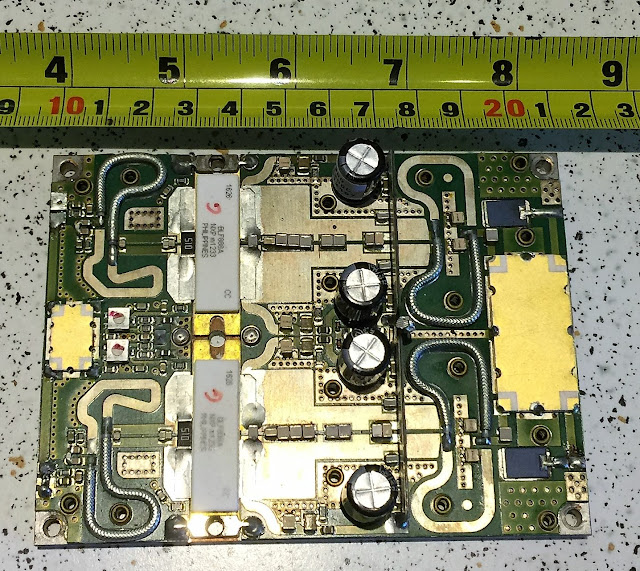Power measurements of DVB-T transmitters

Power measurements of DVB-T transmitters- first draft Introduction I have been puzzled for some time about how power of DVB-T amplifiers were measured relative to other modes. This is an important issue in DATV as DVB-T has been criticized as inefficient compared to DVB-S. It would appear that some of the debate comes down to how the power is measured. Most amateurs use simple diode power meters that do not give an accurate reading for DVB-T. In this post, I outline the theory and practice of measuring DVB-T power correctly with either a thermal power sensor meter or envelope power using a spectrum analyser. It is important that the correct measurements be used otherwise it is comparing apples with oranges. Different power measurements are accepted in amateur radio, vis, CW (peak power, key down) compared to SSB (peak envelope power). I wonder if another measurement unit for digital modes may be more appropriate, such as the data rate to the DC power input and spectrum width, ...
